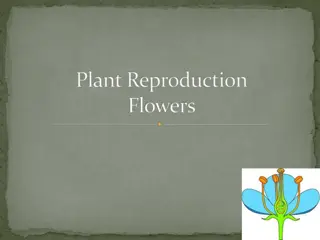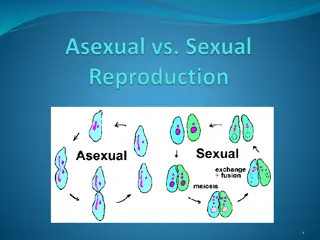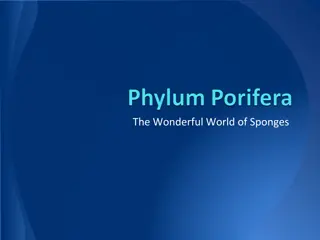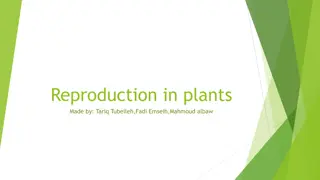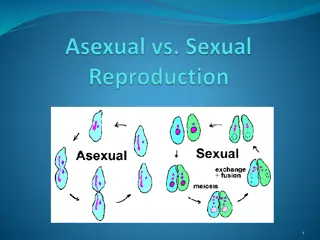Understanding Asexual Reproduction Through Budding
Budding is a form of asexual reproduction where scion (bud) and rootstock are connected to grow as one plant. Different types of budding methods include Shield/T budding, Patch budding, Chip budding, Ring budding, and more. Each method involves specific techniques and is commonly used in horticulture for propagating various plants. Scion refers to the detached part of the parent plant used to create a new plant, while rootstock forms the base of the grafted/budded plant. This process allows for the efficient propagation of plants like roses, apples, mangos, and others.
Download Presentation

Please find below an Image/Link to download the presentation.
The content on the website is provided AS IS for your information and personal use only. It may not be sold, licensed, or shared on other websites without obtaining consent from the author. Download presentation by click this link. If you encounter any issues during the download, it is possible that the publisher has removed the file from their server.
E N D
Presentation Transcript
Asexual reproduction BUDDING
Definition Budding the process of connecting scion (bud), and rootstock in a manner such that they may unite and grow successfully as one plant is termed as budding. Scion It is a detached portion from parent plant which is added on rootstock to develop new plant. Rootstock It is the base and root portion of a grafted/budded plant.
Scion Rootstock
Types of budding Shield/T budding Patch budding Chip budding Ring budding Modified ring budding Forkert budding Modified forkert budding
Shield/T budding Boat shaped bud of 2.5-3cm length is used for budding. Vertical or T shaped or inverted T shaped insertion is made on the rootstock to insert the bud. Budding is made at a height of 10-25cm on rootstock and wrapped with a air tight polythene tape leaving the bud exposed. Ex : Rose, Apple, Peaches, Sweet Oranges etc.
Patch budding Square or rectangular shape bud is taken out from scion shoot. Similar incision (2-3cm) is made on the rootstock. The bud is placed on the root stock. It is wrapped with a air tight polythene tape leaving the bud exposed. Ex : Jackfruit, Aonla, Mango, Jamun etc.
Chip budding Chip budding is done in early spring, summer or autumn. The bud is taken out from scion shoot along with the wood. Similar size incision is made on the rootstock. The bud is placed on the rootstock and it is wrapped with polythene tape. Ex: apple, pear and grapes.
Ring budding A ring shaped bark of 2.5-3.0cm length containing a bud is taken out from scion shoot. The thickness of stock and scion should be of same size. On the terminal end of the stock, incision similar in size of the bud is made. The ring is made fit on the rootstock. No wrapping is required in this method. Ex: Ber, Peach and Mulberry.
Modified ring budding The bud wood/bark is taken from the scion with a vertical slit. Similar size bark is removed from the rootstock. It is wrapped with a air tight polythene tape/ paraffin wax leaving the bud exposed. Ex: Guava, Ber, Walnut And Pecanut.
Forkert budding In forkert budding, the stock is prepared by giving two vertical cuts and a transverse cut above the vertical cuts to join them. The bark is removed carefully along the cuts, so the flap of bark hangs down. The scion is prepared in a fashion similar to patch budding, having the size similar to cuts made on the stock. The scion is then slipped into the exposed portion of the stock and the flap is drawn over the inserted bud patch. It is then tied with a suitable wrapping material. After successful growth of bud, the portion of stock above the union is removed carefully. Ex: Mango, Cashew Nut, Mango etc.
Modified forkert budding It is similar to forkert budding. The vertical flap of the bark is covered to base portion of the bud only. Thus, the need to remove flap as in forkert method is not required.




